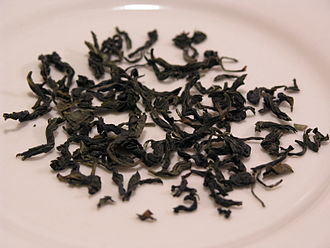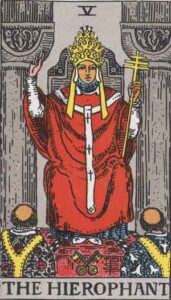The Enthralling History and Practice of Tasseography
Tasseography is a divination practice surrounding the analysis and reading of tea leaves or even coffee grounds. That’s right; there is historical evidence that coffee grounds have also been used in fortune-telling! Although the exact origin of Tasseography is unknown, there have been discoveries of the practice existing in Ancient Chinese civilizations.
We’ve seen the practice alluded to in movies and books, but the method of Tasseography has long been a mystery to the world. Where divination practices such as tarot are more widespread and can be learned or taught through a book, the use of Tasseography seems to be a practice extended primarily through word-of-mouth.
Only more recently have people published books describing their thoughts and methods when it comes to Tasseography. While the process of using this divination practice seems to be consistent across the board, there are some discrepancies on how to read into the symbols and what supernatural power is providing the information. This is likely due to the practice being used by a variety of cultures from around the world.
Although there are many unknowns about Tasseography, there is one thing for certain– it’s real, and it works. With this divination practice having so many facets across time, it can be concluded that there is validity in the use of Tasseography to predict the future. After all, how would the practice have survived this long if it didn’t somehow help people in predicting their future?
We’ve done the research, so you don’t have to! Let’s dive into the methods of Tasseography, the history of the practice, and how it can be used to accurately predict your future.
Table of Contents
The Method of Tasseography
Whether you perform your own reading or you consult someone to do it for you, the art of Tasseography can be beneficial in giving us insight into our present and futures. For centuries, people have been using this method to help them understand their lives and provide guidance.
Would you like to know what your future looks like regarding your love life? Are you worried about an impending tragedy and would like to know more? Do you have a hunch that someone is conspiring against you, but you cannot be certain? The art and practice of Tasseography can give you the information and foresight you need.
No matter if you believe in using coffee grounds or tea leaves for your readings, the process is similar both ways. It starts with the perfect coffee or teacup and ends with you or another diviner interpreting the symbols written within the tea leaves or coffee grounds.
The Steps of Tasseography:
- Pick: Choose a tea or coffee cup that entices you and speaks to you. When you review your selection of cups, there should be one that stands out as the cup. That should be the cup you use for your reading.
- Brew: Pour a cup of tea or coffee that is traditionally made and without straining the grounds or the tea leaves. After all, these are the essential components of your tasseography reading!
- Drink: The tea leaves and coffee grounds naturally swirl and work their magic as we drink from our chosen cup. Therefore, it is essential for the person receiving the reading to be the one drinking the beverage.
- Enjoy: Drink your beverage as you naturally would if you were waking up and having your morning tea and coffee. Savor the experience and take your time. You don’t want to forcefully chug your drink during a tasseography reading. This isn’t a race!
- Shake: Once you have drained your cup as much as possible, place the saucer over the top of the tea or coffee cup to form a seal. Then, give your cup a firm shake to allow the tea leaves or coffee grounds to naturally fall where they are meant to be to determine your future.
- Reveal: At this time, you may tilt the cup upright again and remove the saucer to reveal the shapes of the tea leaves or coffee grounds. For each different tasseography reading, you will find that your tea leaves or coffee grounds land differently in the cup.
- Observe: With a clear mind and open heart, observe the shape of the tea leaves or coffee grounds. What shapes do you see? Do you see multiple shapes? What comes to mind when you peer into your cup? What feelings do you have when you recognize the shape within?
- Read: There can be one solid shape that speaks to you or many separate symbols within your cup. In addition, your shapes can be in the form of letters or even numbers. Try not to overthink it and go with your first gut instinct about what you see. Whether you are interpreting your own cup or you are a diviner predicting for someone else, it is also important for you to pay attention to how you are feeling during this reading.
- Interpret: If needed, use a credible source to help you interpret the symbols you see within your tea or coffee cup. Many experienced individuals rely solely on their own interpretation of what the cup is trying to tell them, while others lean on a resource to help them figure out what symbols mean. If you are performing your own reading for the first time, it is probably best that you consult a resource for interpretation assistance.
There is varying information about where the fortunate-telling shapes come from. While some believe that the universe speaks to us through the tea leaves or coffee grounds, others think that spirits manipulate the symbols as a way to communicate with us.
Furthermore, many believe that the person doing the reading should be a practiced diviner who has the experience and magic to make such predictions. On the other hand, some subscribe to the concept that the person performing the reading doesn’t have to possess any type of power as the reading doesn’t come from them but from the universe.
Truly, the stance people take about the power behind Tasseography stems from where they originally learned about the practice and their personal experiences. Since the origins of Tasseography are up in the air, it is difficult to nail down if one of these theories is more right than the other.
If you are interested in Tasseography and curious about your own reading, we invite you to get started by checking out your own Tea Leaf Prediction.
The History of Tasseography
Although the exact starting point is unknown, it is said that the beginning of Tasseography has origins in Asia and the Middle East and initially involved tea leaves rather than coffee grounds. This is an assumption based on the fact that humans have been drinking tea longer than they have been drinking coffee.
With so much mystery surrounding the origins of this practice, there are a few solid facts about the history of Tasseography. We know that the practice has evolved with the coffee and tea trades and has since transformed into the Tasseography we know today that involves the use of tea leaves.
Both coffee and tea are still used in the practice to this day, but the use of tea leaves has been the most common method, at least since the 1600s. From Ancient China to the more current Romani nomadic cultures, Tasseography has made its way through history and lives on through modern practices.
Ancient China
As stated by The UK Tea and Infusions Association, “According to legend, in 2737 BC, the Chinese emperor Shen Nung was sitting beneath a tree while his servant boiled drinking water, when some leaves from the tree blew into the water.”
It is suggested that Tasseography has been around since tea leaves and coffee grounds have been used to make beverages. Therefore, we can conclude that Tasseography most likely originated in Ancient China soon after tea became a popular drink.
Middle East
Coffee was first introduced to the Middle East during the 16th century when reading coffee grounds became a common after-dinner practice. In fact, it is still a large part of the Arabian culture to peer into a cup of coffee grounds and interpret the contents.
To this day, it is common practice in Turkey for street coffee vendors to offer coffee ground fortune readings for an additional fee. As reported by Turkish Style Coffee, “Turkish coffee reading is very popular in Turkey and Greece. In addition to them you can also find it in the Arab world, Russia, and Middle Eastern countries.”
Europe
Dutch merchants introduced the concept of tea to Europe. As it has been proven to do throughout history, the practice of Tasseography followed. Europeans, both rich and poor, enjoyed the fortune-telling benefits of Tasseography throughout the 17th century to present times.
One of the oldest reported books to discuss Tasseography came from a European country. Author Highland Seer wrote a book called Reading Tea Leaves sometime during the 1700s. His book discusses, in-depth, the practice as well as symbols and their associated meanings (NPR).
Although it was written in the 18th century, Highland Seer’s book wasn’t officially published until 1995. Since then, many people have published their thoughts, theories, and accounts of the use of Tasseography.
Nomadic Cultures
It is a little-known fact that the Romani people, often referred to as “gypsies,” originated from India during the 9th century. While many have mistaken the Roma or Romani to have come from Egypt, they actually traveled through what is now Iran, Armenia, and Turkey to finally spread throughout Europe (Amnesty International).
With them, the Romani brought their cultural beliefs about fortune-telling through tea leaves and coffee grounds to Europe. The Romani are known for being a nomadic culture that travels from one town or country to the next without laying their roots.
In addition, against popular belief, the Romani are hardworking people who are often found to be “artisans (for example, wood and copper craft workers), farm workers, blacksmiths, musicians, fortune-tellers and entertainers” (Amnesty International).
The Romani quickly made a name for themselves for their fortune-telling method, including tarot, palm readings, and even Tasseography. These practices are still commonly used amongst the Romani communities around the world.
Personal and Professional Uses
As mentioned above, many have successfully made a career out of using their gifts to perform tarot, palm readings, and even tasseography readings. Not only does this line of work help others gain insight into their futures, but the information can be used to better the lives of others.
So, if you doubt your own abilities to learn how to perform your own reading, it is possible for you to connect with a diviner to perform a reading for you. While Tasseography is an ancient practice and you can seek a professional for a personal reading, there are people who perform their own readings on a daily basis.
In fact, many have incorporated Tasseography into their daily routines of drinking their morning coffee or tea! Tasseography has been used by many cultures across the world and throughout many centuries; as such, this practice is not considered a “closed practice.”
Unlike other forms of divination or even magic, Tasseography cannot be claimed by just one culture or group of people. Therefore, it is considered an open practice that anyone has a right to learn and subscribe to. Of course, like any other form of divination, it is important to respect and thorough when learning the practice.
For more information about Tasseography and other divination topics, follow our Your Astrology Reading Blog.
You’re Officially Invited
Are you interested in learning more about Tasseography? Do you feel connected to the practice but are unsure where to start? Here at Your Astrology Reading, we welcome both seasoned and novice diviners or even those who are just curious and want to learn more.
We promote an open environment where we embrace, with open arms, anyone interested in the world of divination, numerology, or even astrology. In fact, our article about How to Ask Effective Tarot Questions may be of interest to you!







